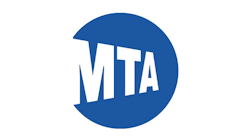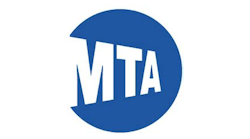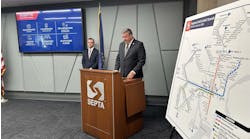OP-ED: Remember Gotham Bus Company driver Ralph Kramden?
Gotham Bus Company driver Ralph Kramden would have enjoyed the New York Metropolitan Transportation Authority (MTA) New York City (NYC) Transit Museum 30th Annual Bus Festival on Sept. 8. It included a display of vintage buses from decades ago.
Up until 1969, bus drivers had to make change and drive at the same time. No one dared bring any food on the bus or leave any litter behind. In the mid 1960s, air-conditioned buses were just becoming a more common part of the fleet. You had to pay separate fares to ride either the bus or subway. There was no Metro Cards affording free transfers between bus and subway along with discounted weekly or monthly fares. Employee transit checks to help cover the costs didn't exist.
This older generation of buses did not include the air conditioning we take for granted today. They were nonexistent during the 1964-65 New York Worlds Fair. Air-conditioned buses were still a novelty. In 1966, NYC Transit purchased 600 buses with this new feature. Subsequently, all future new buses would include air conditioning. By the 1990s, 100 percent of the bus fleet was air conditioned.
This year marks the 55th Anniversary of NYC Transit bus drivers no longer having to use a coin collector to make change for riders. Aug. 31, 1969, was the first day that bus riders either had to deposit a subway token or the exact amount in coins directly into the fare box. Drivers would no longer be required to make change. They could concentrate on driving instead of multi-tasking. It became the passenger's responsibility to deposit the exact fare in cash or subway token directly into the fare box when boarding the bus.
All the driver had to do was look through the upper portion of the fare box and make sure the fare was paid. Previously, drivers had to deal with potential robbery while in service due to carrying cash. Safety increased for drivers, passengers and buses. There were fewer traffic accidents involving buses. Bus operators spent more time concentrating on driving and less time making change for riders. On‐time performance improved as passenger boarding time sped up.
Drivers no longer had to deal with money when returning to the bus garage. Other transit employees known as “Vault pullers” would unlock the bottom of the farebox and empty the contents. Coins and subway token revenue would be sorted, counted and wrapped within the safe confines of a secure money room within the garage.
Fast forward to today and you can see how using your MTA Metro card or One Metro New York cashless payment method is still one of the best bargains in the Big Apple.

Larry Penner
Larry Penner is a transportation advocate, historian and writer who previously served as a former director for the Federal Transit Administration Region 2 New York Office of Operations and Program Management. This included the development, review, approval and oversight for billions in capital projects and programs for New Jersey Transit, New York Metropolitan Transportation Authority, NYC Transit bus, subway and Staten Island Railway, Long Island and Metro North railroads, MTA Bus, NYCDOT Staten Island Ferry along with 30 other transit agencies in New York and New Jersey.





